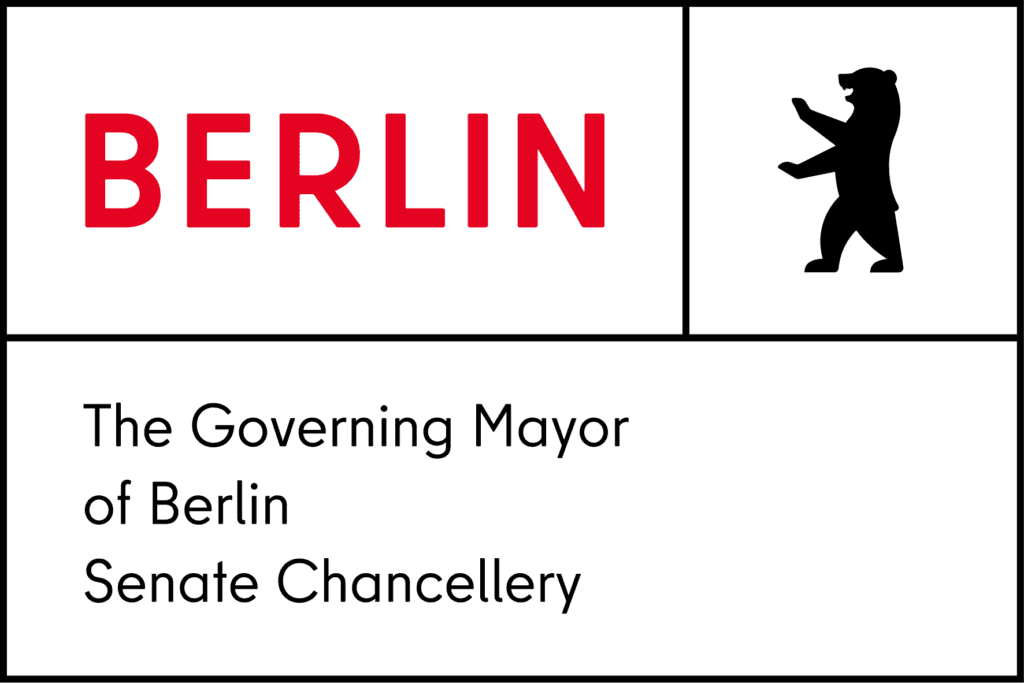Starting Point
As part of our focus topic “Arriving in Berlin”, CityLAB dedicated the first half of 2024 to addressing the complex challenges of migration in Berlin. Every year, tens of thousands of people from around the world move to Berlin, bringing countless questions regarding residency status, work permits, and more. While many information and advisory services exist, they are often scattered and not intuitively accessible.
The AMIF-funded project “Partizipation Digital” (PaDi) is working on the development of a digital welcome center for people who have migrated to Berlin. We supported the PaDi team of the Commissioner of the Berlin Senate for Participation, Integration, and Migration, as well as the project sponsor Minor Kontor, in analyzing the requirements for a digital platform to facilitate access to relevant information for newly arrived individuals in Berlin.
Project Goal
The goal of the CityLAB team is to develop prototype solutions that make the arrival process for newly immigrated people in Berlin easier, more inclusive, and more sustainable. Together with the PaDi team, we developed an interactive prototype that represents the core content and functions of a digital welcome center. Ideally, the platform will complement the existing physical welcome center, simplify access to information, and ease the burden on advisory services.
Approach
The project was divided into two key phases, each lasting three months:
- Exploration Phase: Analysis and Needs Assessment
To understand the requirements for a digital welcome platform, we first examined relevant stakeholders as well as existing information and advisory services, compiling our findings within the team. This analysis revealed that while there are many different services, they often provide only fragmented information and do not always address the specific needs of newcomers.
In the next step, we employed qualitative methods such as shadowing and interviews with employees and clients of the physical welcome center. This allowed us to directly observe the challenges people face upon arrival in Berlin and identify which information is particularly difficult to access or understand.
- Testing Phase: Prototyping and User Testing
Based on the insights gained, we developed an interactive prototype during the testing phase that represents the core content and functions of a digital welcome platform. Our process was structured as follows:- Concept Development: Defining key content along a User Journey Map and a Service Blueprint.
- Design & Structure: Creating initial wireframes with a focus on an intuitive and user-friendly layout.
- Testing & Optimization: Evaluating the prototype with different target groups to refine the design and content.
This iterative approach allowed us to design a prototype that aligns with the actual needs of users and offers a practical solution to existing challenges.
How does the prototype work?
Throughout the development process, we identified key features that provide a clear advantage over existing offerings:
- Multilingual Support: Users can switch languages at any time to ensure accessibility for everyone.
- Intelligent Search Function: Features like “You might also be interested in…” and “Most visited info pages” help users navigate the platform and find relevant topics quickly.
- Accessibility: Features like a read-aloud function and simplified language ensure inclusive use, even for people with disabilities.
- Interactive Functions: Users can bookmark, share, or download documents and checklists.
- Clarity: Important terms are explained via an info button to avoid misunderstandings.
These features ensure that the digital platform is not only a supplement to the physical welcome center but also provides significant added value for diverse user groups.
Whats next?
The interactive prototype forms the basis for the further development of the digital welcome platform and serves as a guide for future tenders.
